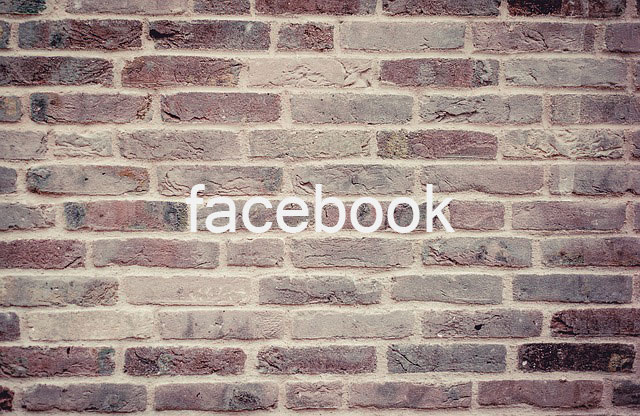
A couple of days ago, Facebook (NASDAQ:FB) announced that their revenue has reached $7.01 billion — 56% higher than last year’s figures, and higher than analyst’s average estimate of $6.92 billion. Advertising revenue also increased by 59% to $6.82 billion. Their earnings per share likewise went up from $0.57 to $1.09, also beating analysts’ estimate of $0.97. Compared with last year’s earnings, those figures should have been impressive. But compared with the previous quarter, the figures are somewhat disappointing, though not really surprising.
During their second quarter earnings report, Facebook already hinted that there will be a decline in their advertising revenue growth towards the end of the year. Their statement on Wednesday corroborates this further as Facebook CFO David Wehner said (in a conference call with investors) that they are nearing their maximum ad load — the number of ads that they can put on users news feeds. Soon there won’t be room for more ads, which is why they are anticipating a ‘meaningful’ decline in ad revenue growth rates by 2017.
High earnings today, lower earnings tomorrow. Add to that Wehner’s warning that the company intends to spend more in 2017 — to hire more employees (with engineers as their top priorities), change their tax approach so employees can earn more, build more data centers, and come up with new ad products. The result of the warning? Facebook share prices dropped by 7% to $118.21 just a few hours after their 3rd quarter earnings announcement.
So what are the company’s plans to offset what’s coming? Wehner said that they are looking into compensating the expected decline in ad revenue by working on increasing the number of users, encouraging longer time spent on the site, and more aggressive video advertising.
Facebook’s domination over mobile phone usage has been proven. A daily average of 1.09 billion users accessing Facebook through their mobile devices and a total of 1.79 billion active monthly users attests to this. Facebook has also been steadily pushing their video service through their own site and the Instagram photo app. But that’s just video.
As the company has said that they will be trying to come up with new ad products, maybe the ad load issue is exactly what’s needed to force them to diversify their reach and go beyond what they are already capitalizing on.
Because almost everybody has at least one, TV remains as the best platform to reach a wider audience. If Facebook can find a way to tap into that potential, maybe through Internet-based TV services and mobile video offerings, the ads they can no longer put on their site, they can instead put on TV. And with more TV viewers than mobile phone users, the possibility that the company’s revenue will decline in 2017 might not have to become a reality at all.
- Bulenox: Get 45% to 91% OFF ... Use Discount Code: UNO
- Risk Our Money Not Yours | Get 50% to 90% OFF ... Use Discount Code: MMBVBKSM
Disclaimer: This page contains affiliate links. If you choose to make a purchase after clicking a link, we may receive a commission at no additional cost to you. Thank you for your support!


Leave a Reply